Introduction
Construction work is physically demanding, often requiring long hours of standing, lifting, and repetitive motions. Over time, these tasks can lead to fatigue, which not only affects productivity but also increases the risk of accidents and injuries on the job. For construction workers, combating fatigue is essential to maintaining safety, efficiency, and overall well-being. One effective way to address this challenge is by incorporating anti-fatigue gear into daily routines. From supportive footwear to ergonomic tools, these essentials are designed to reduce physical strain and help workers stand strong against the rigors of their profession. This article explores the must-have anti-fatigue gear for construction workers and highlights how these tools can make a significant difference in their workday. Whether you're a seasoned professional or new to the field, understanding and utilizing these solutions can lead to a safer, more productive, and healthier work environment.
Understanding Fatigue in Construction Work
Understanding Fatigue in Construction Work
Fatigue is a common yet often overlooked issue in the construction industry. It can stem from a variety of factors, including long working hours, physically demanding tasks, and repetitive motions. When workers are fatigued, their ability to perform tasks efficiently and safely diminishes, which can lead to serious consequences for both individuals and projects. Understanding the causes and impacts of fatigue is essential for creating safer and more productive work environments.
Causes of Fatigue in Construction
Fatigue in construction workers is primarily caused by a combination of physical, mental, and environmental factors. Some of the most common contributors include:
- Long Working Hours: Extended shifts or overtime work can lead to physical and mental exhaustion, reducing alertness and focus.
- Repetitive Tasks: Performing the same motions repeatedly, such as lifting or hammering, can strain muscles and lead to physical fatigue.
- Physically Strenuous Activities: Tasks like carrying heavy materials or operating heavy machinery require significant energy, which can quickly deplete a worker’s stamina.
- Poor Sleep Quality: Inadequate rest due to irregular schedules or high stress levels can exacerbate fatigue.
- Environmental Conditions: Extreme temperatures, noise, and poor ventilation can further drain a worker’s energy and focus.
Impact of Fatigue on Safety and Productivity
Fatigue doesn’t just affect the individual worker; it has broader implications for safety and productivity on construction sites. When workers are tired, their reaction times slow, and their ability to make sound decisions is compromised. This increases the likelihood of accidents, such as falls, equipment malfunctions, or collisions. Additionally, fatigue can lead to:
- Reduced Efficiency: Tired workers are less productive, often taking longer to complete tasks or making errors that require rework.
- Increased Absenteeism: Chronic fatigue can lead to higher rates of illness or injury, resulting in more missed workdays.
- Lower Morale: Persistent fatigue can contribute to job dissatisfaction and burnout, affecting team dynamics and overall morale.
Addressing fatigue in construction work is not just about improving productivity—it’s about prioritizing worker well-being and safety. By recognizing the causes and implementing strategies to mitigate fatigue, construction companies can create a healthier, more efficient workplace. For more insights on improving workplace safety, explore our guide on construction safety best practices.
Essential Anti-Fatigue Gear for Construction Workers
```htmlEssential Anti-Fatigue Gear for Construction Workers
Construction work is physically demanding, often requiring long hours of standing, lifting, and repetitive motions. Over time, this can lead to fatigue, discomfort, and even long-term health issues. To combat these challenges, investing in the right anti-fatigue gear is essential. This section highlights the must-have items designed to reduce physical strain and improve comfort for construction workers.
```Anti-Fatigue Mats
Anti-Fatigue Mats
Standing for extended periods can take a toll on the body, leading to discomfort, fatigue, and even long-term health issues. Anti-fatigue mats are designed to alleviate these challenges by providing cushioning and support for workers who spend hours on their feet. These mats are crafted to reduce pressure on joints, particularly in the legs, feet, and lower back, while also promoting better blood circulation.
By offering a softer surface to stand on, anti-fatigue mats help distribute body weight more evenly, which minimizes strain on muscles and joints. This can lead to increased comfort and productivity, as workers are less likely to experience the aches and pains associated with prolonged standing. Additionally, the improved circulation helps reduce the risk of swelling and fatigue, allowing individuals to stay focused and energized throughout their shift.
Anti-fatigue mats are commonly used in industries where standing is a necessity, such as retail, healthcare, manufacturing, and food service. They come in various materials, including rubber, foam, and gel, each offering unique benefits depending on the work environment. For example, rubber mats are durable and easy to clean, making them ideal for industrial settings, while foam mats provide extra cushioning for areas where comfort is a priority.
Incorporating anti-fatigue mats into the workplace is a simple yet effective way to enhance employee well-being and performance. By reducing physical strain and promoting better posture, these mats contribute to a healthier, more comfortable work environment. For those looking to improve workplace ergonomics, anti-fatigue mats are a practical solution worth considering.
Supportive Footwear
```htmlSupportive Footwear
When it comes to maintaining comfort and health, the importance of supportive footwear cannot be overstated. High-quality shoes designed with proper arch support and effective shock absorption play a pivotal role in reducing foot and leg fatigue, especially for individuals who spend long hours on their feet. Whether walking, standing, or engaging in physical activities, the right footwear ensures that the body’s weight is evenly distributed, minimizing strain on the feet, ankles, and knees.
Supportive shoes are particularly beneficial for preventing long-term musculoskeletal issues. Poorly designed footwear can lead to problems such as plantar fasciitis, shin splints, or even chronic back pain. By providing adequate cushioning and stability, supportive footwear helps maintain proper alignment and reduces the risk of injuries. For those with specific foot conditions, such as flat feet or high arches, investing in shoes tailored to their needs can make a significant difference in overall comfort and mobility.
When selecting supportive footwear, it’s essential to consider factors like fit, material, and purpose. Shoes should offer a snug yet comfortable fit, with enough room for the toes to move freely. Breathable materials help prevent excessive sweating and discomfort, while durable soles ensure longevity. For those seeking guidance on choosing the right pair, exploring options like supportive footwear can provide valuable insights into finding the perfect balance of comfort and functionality.
Ultimately, prioritizing supportive footwear is an investment in one’s well-being. By reducing fatigue and preventing potential health issues, the right pair of shoes can enhance daily life and promote long-term physical health.
```Compression Socks
Compression Socks
Compression socks are a game-changer for anyone who spends long hours on their feet. Designed to apply gentle pressure to the legs and feet, these specialized socks work to improve blood circulation, reduce swelling, and prevent muscle soreness. For workers in professions like nursing, retail, or hospitality, where standing or walking is a daily requirement, compression socks can make a significant difference in comfort and overall well-being.
The science behind compression socks lies in their ability to support the veins and muscles in the lower extremities. By promoting better blood flow, they help prevent the pooling of blood in the legs, which can lead to discomfort and fatigue. Additionally, the graduated compression they provide—stronger at the ankle and gradually decreasing up the leg—helps reduce swelling and can even lower the risk of developing conditions like varicose veins.
For athletes or fitness enthusiasts, compression socks are equally beneficial. They aid in faster recovery by reducing muscle vibration during physical activity, which minimizes fatigue and soreness post-workout. Whether you're running a marathon or simply tackling a busy shift at work, these socks can help you stay on your feet longer and feel better doing it.
Choosing the right pair of compression socks depends on individual needs. Factors like the level of compression, material, and fit play a crucial role in their effectiveness. For those new to compression wear, starting with a mild compression level and gradually increasing as needed is often recommended. With their versatility and proven benefits, compression socks are a practical addition to anyone's wardrobe, offering both comfort and health advantages.
Ergonomic Tools and Equipment
Ergonomic Tools and Equipment
Ergonomic tools and equipment are designed to reduce physical strain and enhance comfort during tasks. By minimizing awkward postures and repetitive motions, these tools help prevent injuries and improve productivity. For instance, tools with padded handles reduce pressure on the hands and wrists, while adjustable designs allow users to customize their setup for optimal comfort.
Key features of ergonomic tools include:
- Padded Handles: These reduce grip fatigue and prevent blisters, making them ideal for prolonged use.
- Adjustable Components: Tools with adjustable heights, angles, or lengths accommodate different body types and work environments.
- Lightweight Materials: Lighter tools decrease the effort required to handle them, reducing muscle strain.
- Non-Slip Surfaces: These provide better control and reduce the risk of accidents.
Incorporating ergonomic tools into daily routines can significantly improve workplace safety and efficiency. For example, an adjustable standing desk can help maintain proper posture, while ergonomic keyboards reduce the risk of repetitive strain injuries. By prioritizing ergonomic solutions, individuals can create a healthier and more comfortable work environment.
For more insights on creating an ergonomic workspace, explore how to set up an ergonomic workstation. This guide provides practical tips to ensure your workspace supports your body and enhances productivity.
Back Support Belts
Back Support Belts
Back support belts are designed to offer stability and alleviate strain on the lower back, particularly during activities that involve lifting or carrying heavy objects. These belts are commonly used in workplaces where physical labor is required, such as construction sites, warehouses, and healthcare settings. By providing additional support to the lumbar region, they help maintain proper posture and reduce the risk of injury.
How Do Back Support Belts Work?
Back support belts function by compressing the abdominal area, which in turn increases intra-abdominal pressure. This pressure helps stabilize the spine and reduces the load on the lower back muscles. Additionally, the belts often feature adjustable straps and rigid panels to ensure a snug fit, further enhancing their effectiveness.
Benefits of Using Back Support Belts
- Improved Posture: The belts encourage users to maintain an upright posture, which minimizes strain on the back.
- Injury Prevention: By supporting the lower back, these belts reduce the likelihood of muscle strains or herniated discs.
- Enhanced Comfort: Many belts are made from breathable materials, making them comfortable to wear for extended periods.
When to Use a Back Support Belt
Back support belts are particularly useful during tasks that involve repetitive bending, lifting, or twisting. They are also recommended for individuals recovering from back injuries or those with chronic back pain. However, it’s important to note that these belts should not replace proper lifting techniques or core-strengthening exercises.
For those seeking additional guidance on maintaining back health, exploring back support belts can provide valuable insights into their benefits and proper usage.
While back support belts are a helpful tool, they are most effective when used in conjunction with other preventive measures, such as regular exercise and ergonomic practices. By incorporating these strategies, individuals can significantly reduce the risk of back-related issues and improve overall well-being.
Hydration and Nutrition Solutions
Hydration and Nutrition Solutions
Staying hydrated and maintaining proper nutrition are fundamental for sustaining energy levels and preventing fatigue, especially during long workdays, outdoor activities, or travel. Dehydration can lead to headaches, dizziness, and reduced focus, while poor nutrition often results in sluggishness and a lack of stamina. To combat these issues, incorporating practical solutions into daily routines is key.
Portable water bottles are a simple yet effective way to ensure consistent hydration. Many modern designs are lightweight, leak-proof, and insulated to keep beverages at the desired temperature. For those who struggle to drink enough water, bottles with time markers or reminders can serve as helpful prompts. Additionally, infusing water with fruits like lemon, cucumber, or berries can make hydration more enjoyable and flavorful.
When it comes to nutrition, having healthy snacks on hand is equally important. Nutrient-dense options such as nuts, dried fruits, granola bars, or fresh vegetables provide sustained energy without the crash associated with sugary treats. Preparing snacks in advance and storing them in reusable containers can make it easier to resist unhealthy temptations when hunger strikes.
Balancing hydration and nutrition not only supports physical well-being but also enhances mental clarity and productivity. By prioritizing these habits, individuals can feel more energized and ready to tackle their daily tasks. For more tips on maintaining energy levels, explore hydration strategies that align with your lifestyle.
Benefits of Anti-Fatigue Gear
Benefits of Anti-Fatigue Gear
Anti-fatigue gear is more than just a comfort solution for workers—it’s a game-changer for safety, productivity, and overall well-being. Whether you’re standing for hours on a factory floor or working long shifts in a warehouse, this specialized gear can make a significant difference. Let’s dive into the key benefits it offers.
Improved Safety
One of the most critical advantages of anti-fatigue gear is its ability to enhance workplace safety. Prolonged standing or repetitive movements can lead to fatigue, which often results in reduced focus and slower reaction times. Anti-fatigue mats, supportive footwear, and ergonomic tools help reduce the risk of slips, trips, and falls by providing better traction and stability. By minimizing fatigue, workers can maintain alertness and avoid accidents, creating a safer environment for everyone.
Enhanced Productivity
When workers feel comfortable, they perform better. Anti-fatigue gear reduces discomfort, allowing employees to focus on their tasks without constant distractions. For instance, anti-fatigue mats cushion the feet and promote subtle muscle movement, which improves blood circulation and keeps energy levels up. This leads to fewer breaks, faster task completion, and a noticeable boost in overall productivity.
Reduced Physical Strain
Standing or working in one position for extended periods can take a toll on the body, leading to sore muscles, joint pain, and even chronic conditions. Anti-fatigue gear, such as ergonomic insoles or cushioned mats, helps distribute weight evenly and reduces pressure on the feet, legs, and back. This not only alleviates immediate discomfort but also prevents long-term physical strain, ensuring workers can perform their duties more comfortably.
Long-Term Health Benefits
Investing in anti-fatigue gear isn’t just about short-term comfort—it’s about safeguarding long-term health. By reducing the physical stress associated with prolonged standing or repetitive tasks, this gear helps prevent musculoskeletal disorders, such as plantar fasciitis, lower back pain, and joint issues. Over time, these health benefits translate into fewer sick days, lower healthcare costs, and a happier, more engaged workforce.
Incorporating anti-fatigue gear into the workplace is a smart move for any business. It not only improves safety and productivity but also supports the physical and mental well-being of employees. By prioritizing comfort and health, companies can create a more efficient and sustainable work environment.
Tips for Choosing the Right Anti-Fatigue Gear
Tips for Choosing the Right Anti-Fatigue Gear
When it comes to selecting the best anti-fatigue gear, making the right choice can significantly impact comfort and productivity. Whether you're standing for long hours at work or tackling physically demanding tasks, the right gear can make all the difference. Here are some practical tips to help you choose wisely.
Assess Your Needs
The first step in choosing anti-fatigue gear is understanding your specific requirements. Consider the environment in which you'll be using the gear. For instance, if you work in a kitchen, you might need slip-resistant and waterproof options. On the other hand, if you're in a warehouse, durability and shock absorption could be top priorities. Identifying your unique needs ensures you invest in gear that truly supports your daily activities.
Prioritize Comfort and Fit
Comfort is non-negotiable when it comes to anti-fatigue gear. Ill-fitting shoes or mats can lead to discomfort, fatigue, and even long-term health issues. Look for products that offer proper arch support, cushioning, and a snug fit. If you're choosing anti-fatigue mats, ensure they are thick enough to provide relief but not so bulky that they become a tripping hazard. Remember, comfort directly impacts performance, so don’t compromise on fit.
Look for Durability
Durability is a key factor, especially if you’re using the gear in high-traffic or demanding environments. Opt for materials that can withstand wear and tear, such as high-density foam for mats or reinforced soles for shoes. Durable gear not only lasts longer but also maintains its effectiveness over time, providing consistent support and comfort.
Consider Industry Standards
When selecting anti-fatigue gear, it’s important to choose products that meet industry standards. Look for certifications or endorsements from reputable organizations, as these indicate that the gear has been tested for safety and performance. For example, shoes with slip-resistant soles or mats with anti-static properties can offer added benefits depending on your workplace requirements.
By following these tips, you can confidently choose anti-fatigue gear that enhances your comfort, supports your well-being, and meets your specific needs. Whether you're exploring options for anti-fatigue mats or footwear, taking the time to make an informed decision will pay off in the long run.
Conclusion
Conclusion
Investing in anti-fatigue gear is not just about comfort—it’s about safeguarding your health, safety, and productivity on the job. From supportive footwear to ergonomic tools, the right gear can make a world of difference in combating fatigue and ensuring long-term well-being. For those in demanding industries like construction, prioritizing quality equipment is essential.
At Rain Gear Pro, we understand the importance of durable, high-performance gear. While our specialty lies in chainsaw safety pants designed to withstand the toughest conditions, we believe in the value of gear that supports you every step of the way. Explore our collection of Canadian-made workwear and discover how the right tools can help you stand strong against fatigue.
Frequently Asked Questions
-
What are the essential anti-fatigue gear items for construction workers?
Essential anti-fatigue gear for construction workers includes anti-fatigue mats, supportive work boots, compression socks, ergonomic tools, and back support belts to reduce strain and improve comfort during long work hours.
-
How do anti-fatigue mats help construction workers?
Anti-fatigue mats provide cushioning and support, reducing pressure on the feet, legs, and lower back. They improve blood circulation and help workers stay comfortable while standing for extended periods.
-
Why are supportive work boots important for reducing fatigue?
Supportive work boots with proper arch support, cushioning, and shock absorption help reduce foot and leg fatigue, prevent injuries, and improve overall posture and comfort during long shifts.
-
Can compression socks help construction workers combat fatigue?
Yes, compression socks improve blood circulation, reduce swelling, and prevent muscle fatigue, making them an excellent addition to anti-fatigue gear for construction workers.
-
How can ergonomic tools help reduce fatigue on construction sites?
Ergonomic tools are designed to minimize strain on the body by reducing awkward movements and excessive force. They help construction workers maintain better posture and reduce fatigue during repetitive tasks.

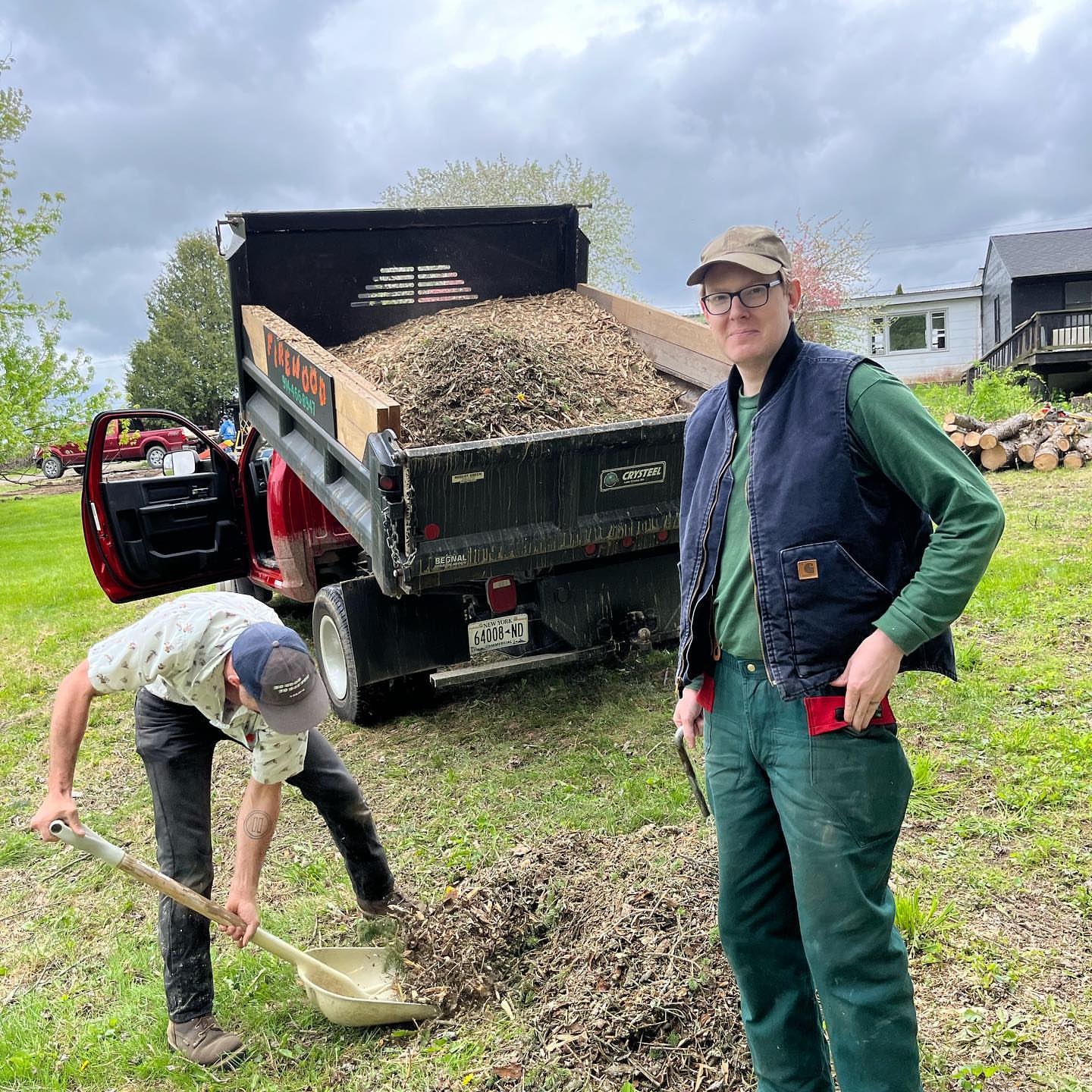
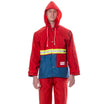
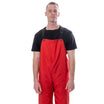
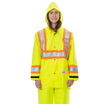
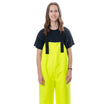
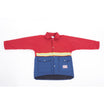
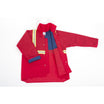

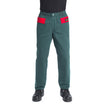
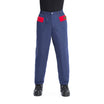
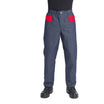
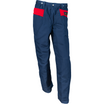
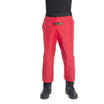
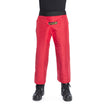
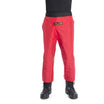
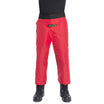
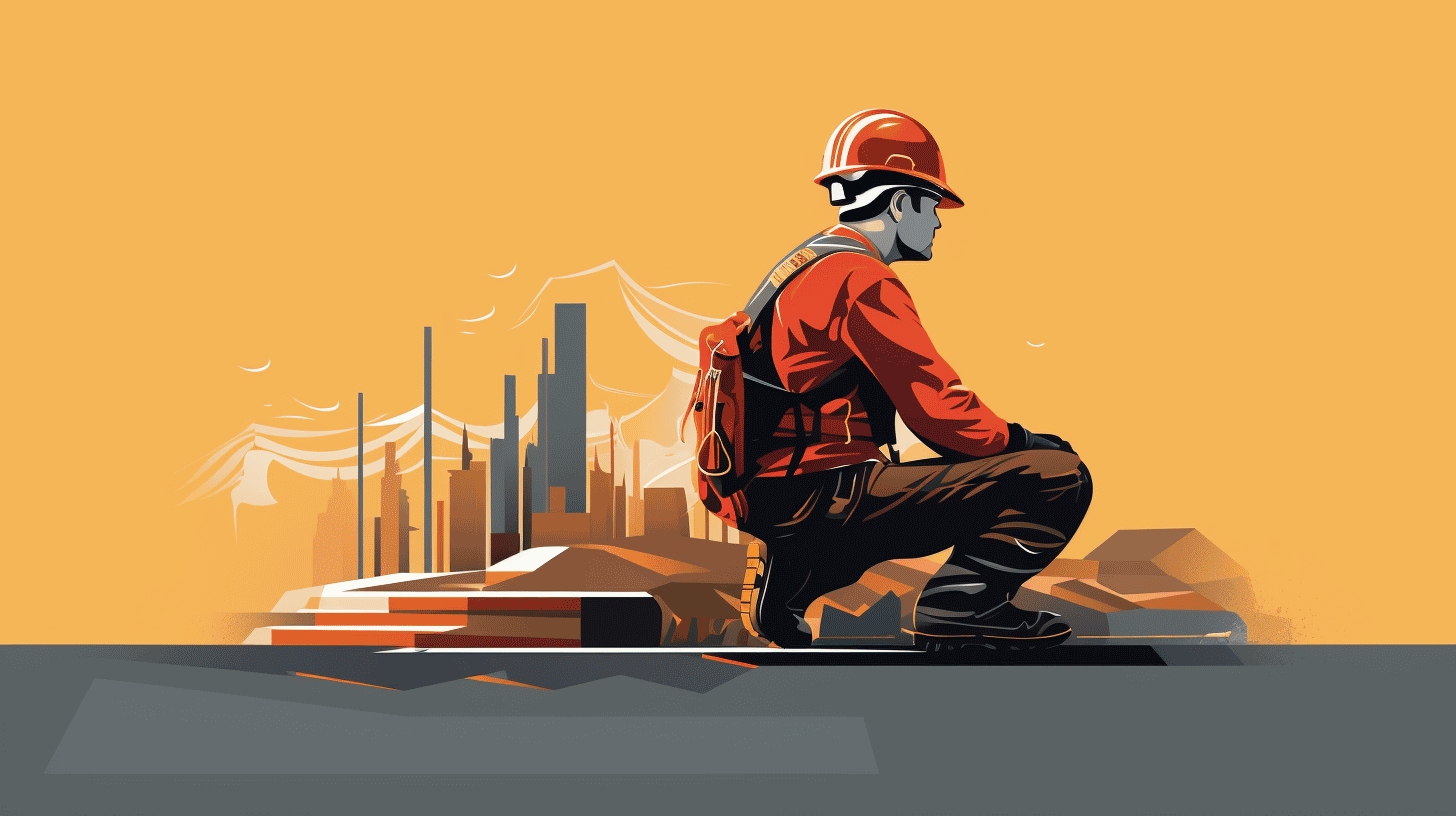
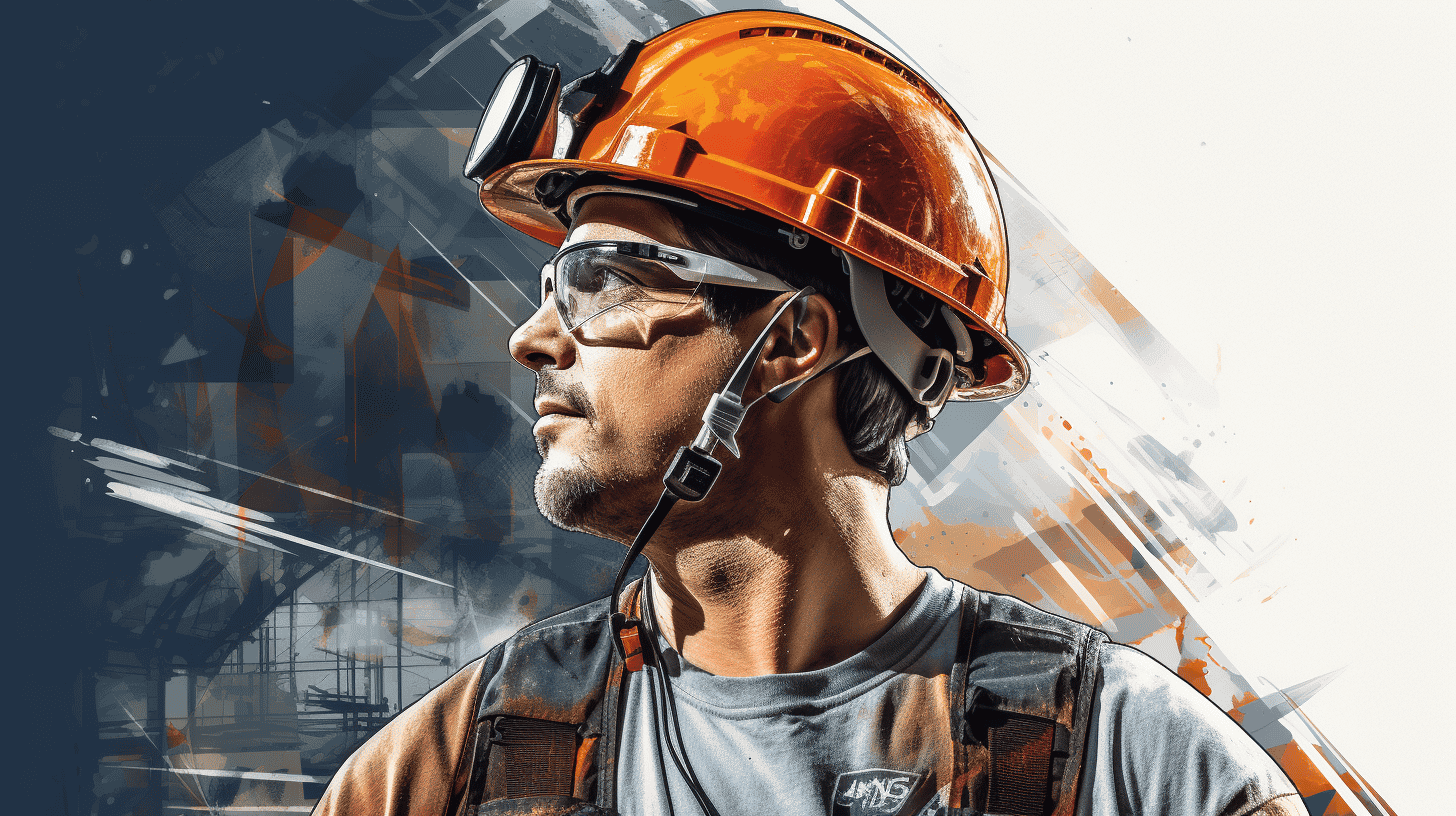
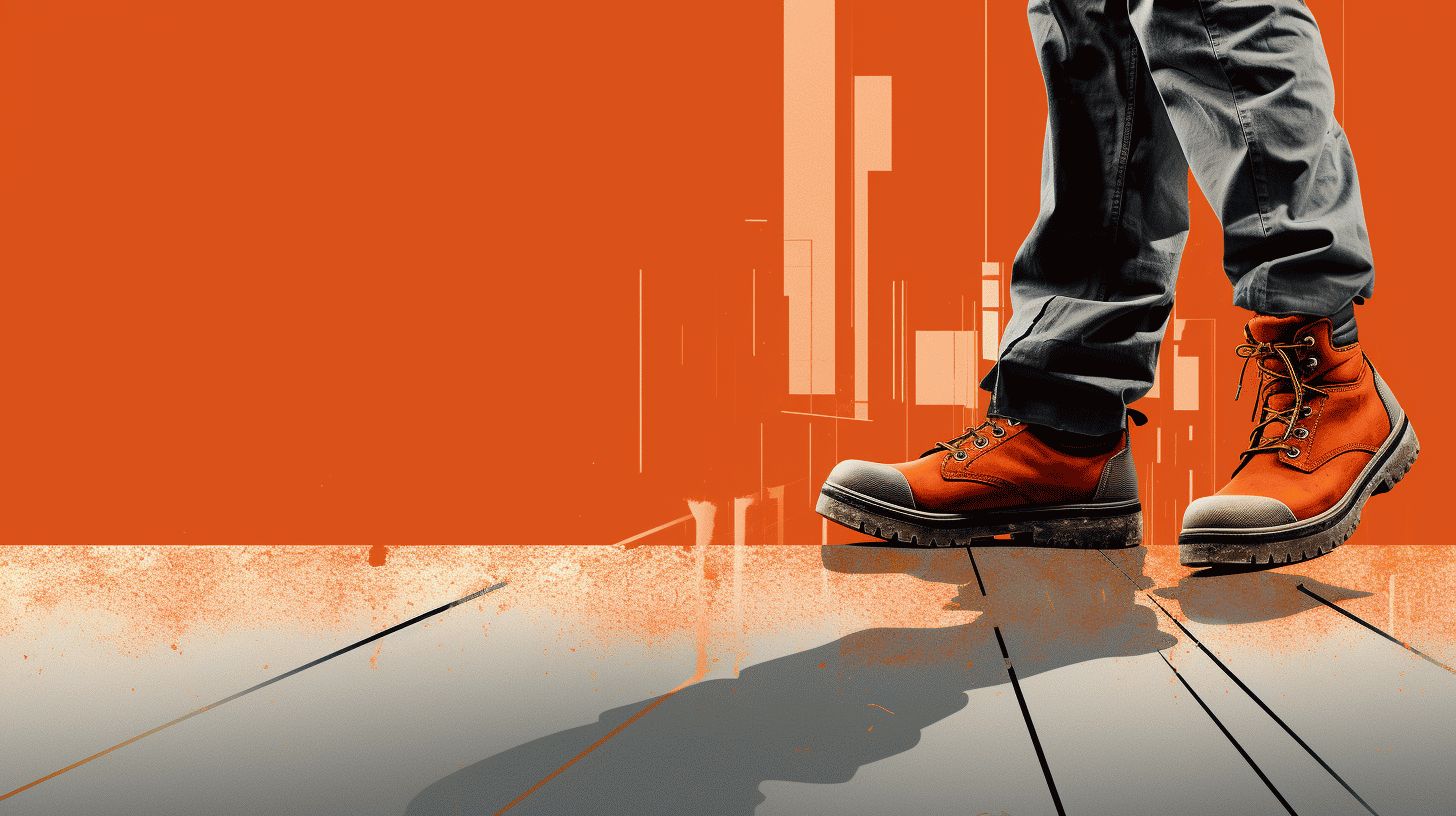
Leave a comment
This site is protected by hCaptcha and the hCaptcha Privacy Policy and Terms of Service apply.